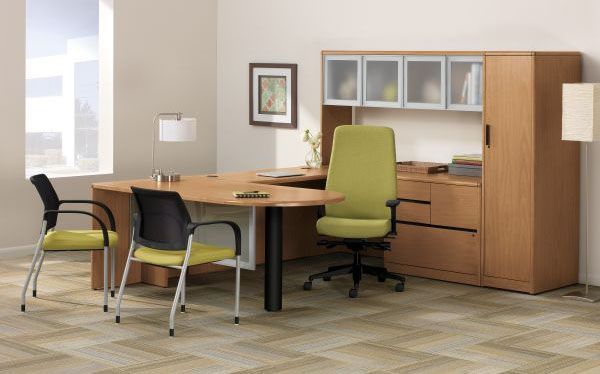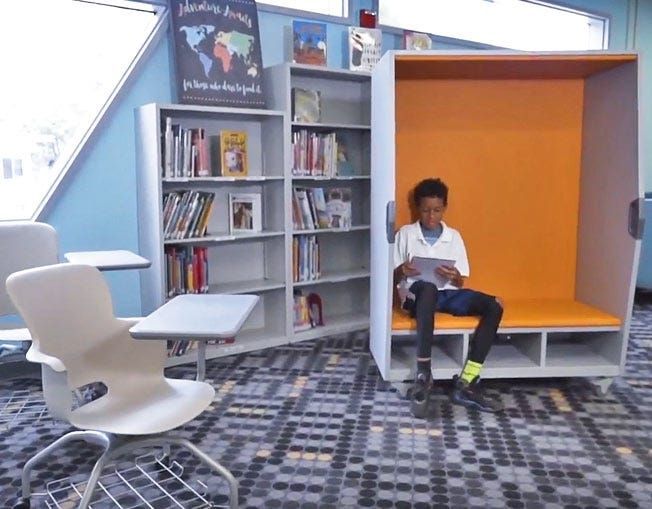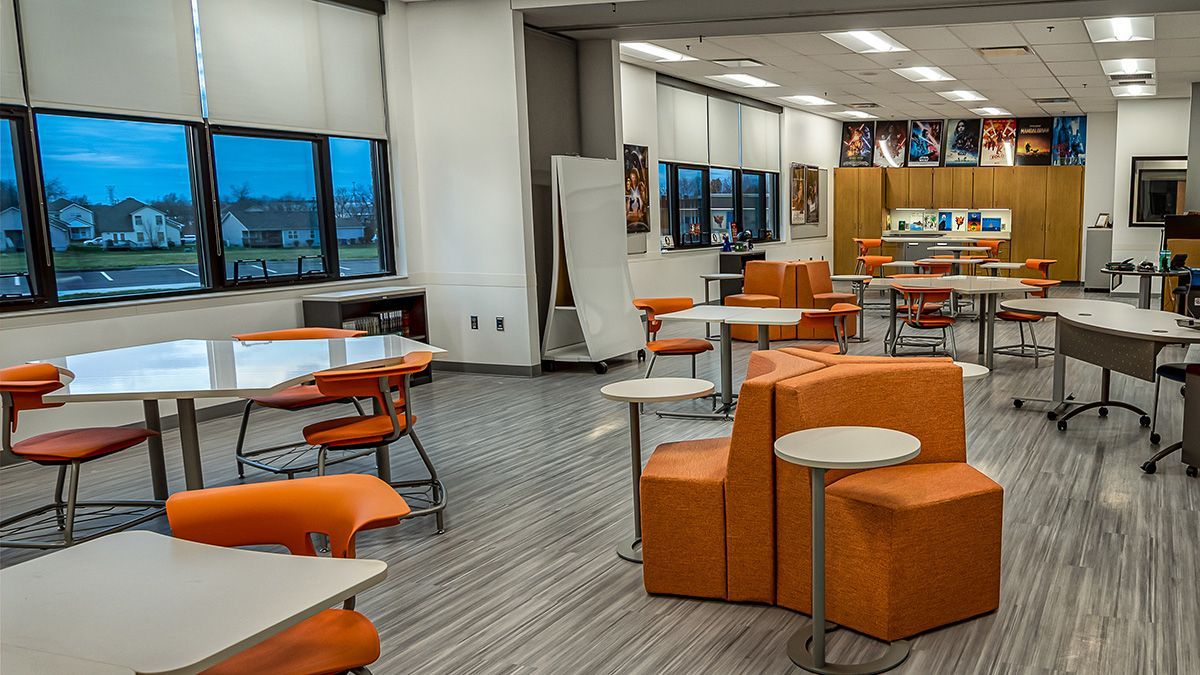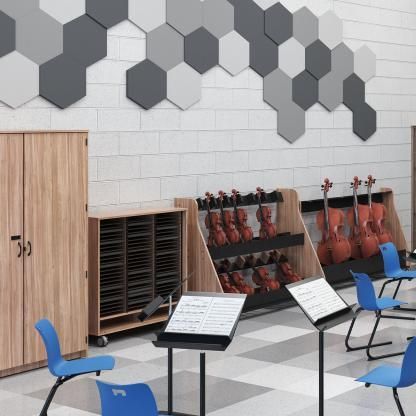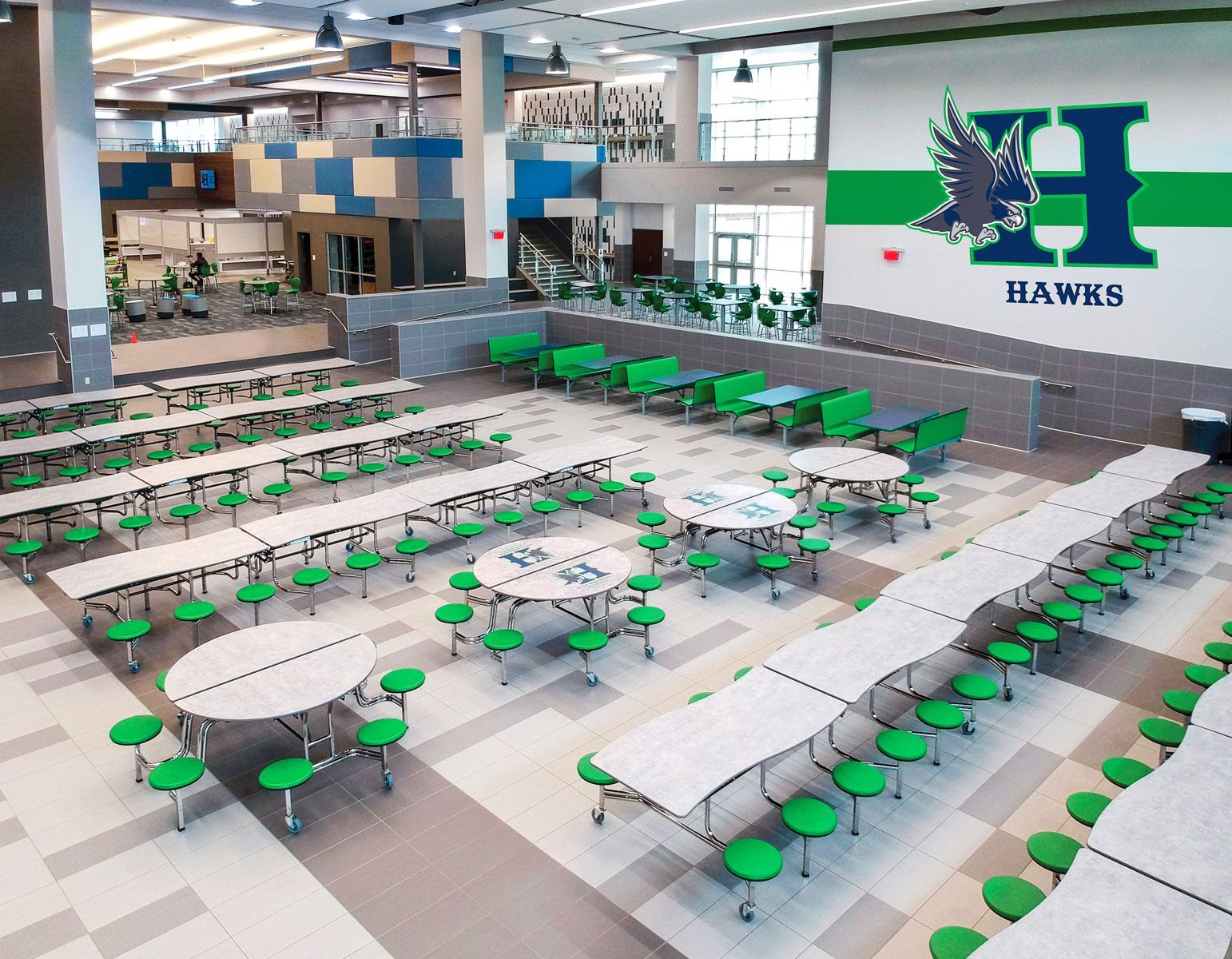Creating Engaging Learning Spaces for Today’s Students
LEARNING ZONES - In the evolving landscape of education, modern classrooms must be designed to accommodate diverse learning styles, encourage collaboration, and support student engagement. One of the most effective ways to achieve this is by incorporating distinct Learning Zones into classroom design.
EVOLUTION OF THE MODERN CLASSROOM SERIES
Learning Zones segment the classroom into purpose-driven areas, each optimized for a different mode of learning. By integrating innovative furniture, fixtures, and equipment (FF&E), educators can create dynamic, adaptable environments that cater to every student. Here’s how the right FF&E solutions can bring Learning Zones to life.
1. Collaborative Zones
Collaboration is a cornerstone of modern education, fostering teamwork and communication. Creating dedicated Collaborative Zones with flexible seating, mobile workstations, and writable surfaces encourages students to share ideas and work together effectively.
FF&E Solutions:
- Modular tables and chairs that can be reconfigured for group projects
- Whiteboards and interactive display screens to facilitate brainstorming
- Acoustic panels to minimize noise distractions in open settings
2. Quiet Focus Zones
For independent work and concentration, Quiet Focus Zones provide students with an environment free from distractions. These areas help promote deep learning and self-paced study.
FF&E Solutions:
- Study carrels or partitioned desks for privacy
- Ergonomic chairs that support comfort during extended periods of focus
- Soundproofing materials to reduce background noise
3. Technology-Integrated Zones
As digital learning becomes more prominent, classrooms need spaces dedicated to technology use. These zones provide students with the tools necessary for research, coding, multimedia projects, and virtual collaboration.
FF&E Solutions:
- Charging stations and power-equipped desks for laptops and tablets
- Interactive smart boards and projectors
- Adjustable lighting to reduce screen glare and eye strain
4. Makerspace Zones
Innovation and hands-on learning thrive in Makerspace Zones, where students can experiment with STEM activities, design thinking, and creative problem-solving.
FF&E Solutions:
- Standing-height workbenches and durable surfaces for crafting and building
- Tool storage solutions for robotics kits, art supplies, and engineering equipment
- Mobile carts with bins for easy organization and access to materials
5. Movement and Sensory Zones
Physical movement and sensory-friendly areas help improve focus, reduce anxiety, and support students with varying needs.
FF&E Solutions:
- Flexible seating options like wobble stools, balance balls, and standing desks
- Soft furnishings like bean bags and floor cushions for relaxation
- Tactile panels and sensory-friendly lighting for a calming atmosphere
6. Presentation and Performance Zones
Public speaking and creative expression are crucial skills for students to develop. Dedicated Presentation and Performance Zones provide a stage for students to share their work, practice speeches, or engage in dramatic performances.
FF&E Solutions:
- Portable stages or raised platforms for student presentations
- Microphones and audiovisual equipment to enhance communication
- Audience seating that can be arranged for different presentation formats
Designing for the Future of Learning
The modern classroom is no longer a one-size-fits-all space. By integrating well-designed Learning Zones with the right furniture, fixtures, and equipment, schools can create engaging, functional environments that empower students to succeed. At 3 Oaks Resource International, we provide tailored FF&E solutions that transform educational spaces to meet the needs of today’s learners. Contact us today to learn how we can help your school design the future of education.
